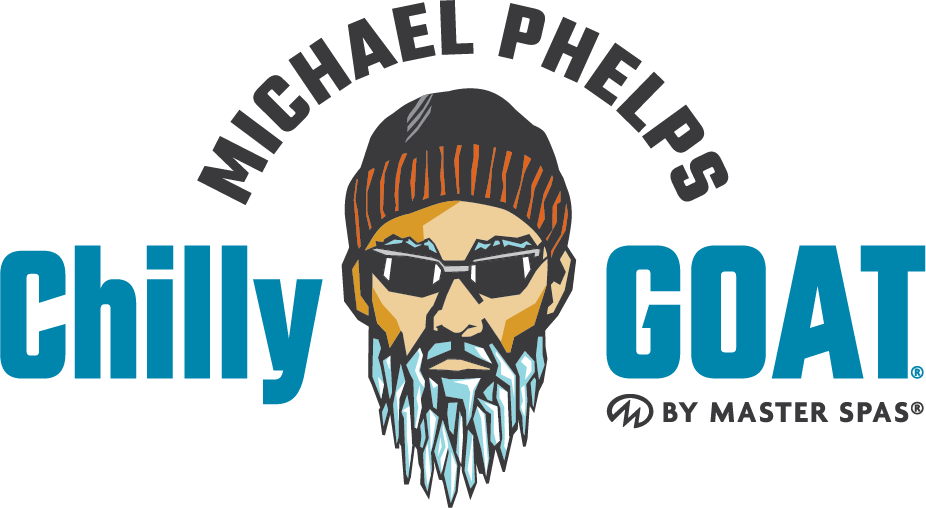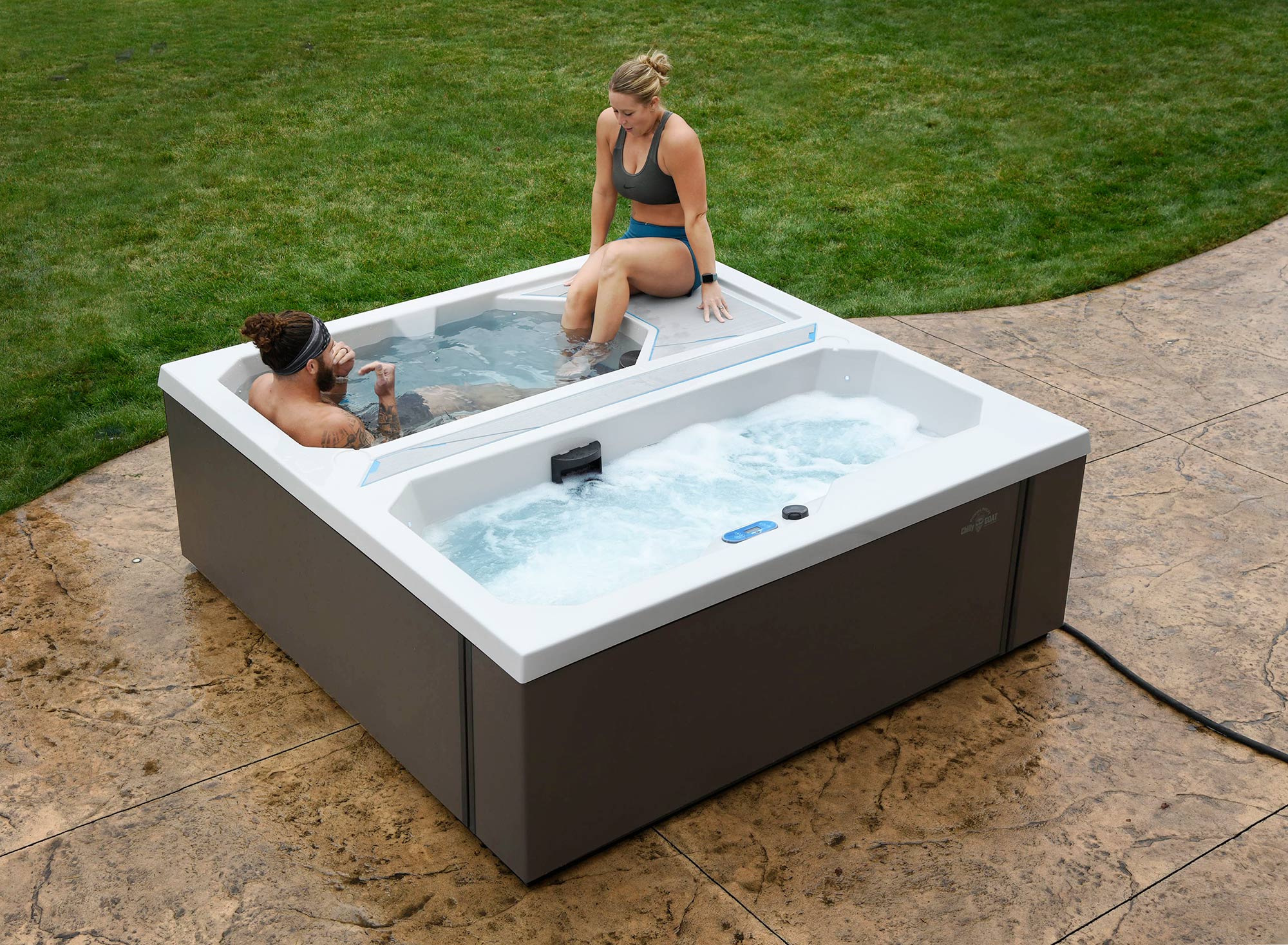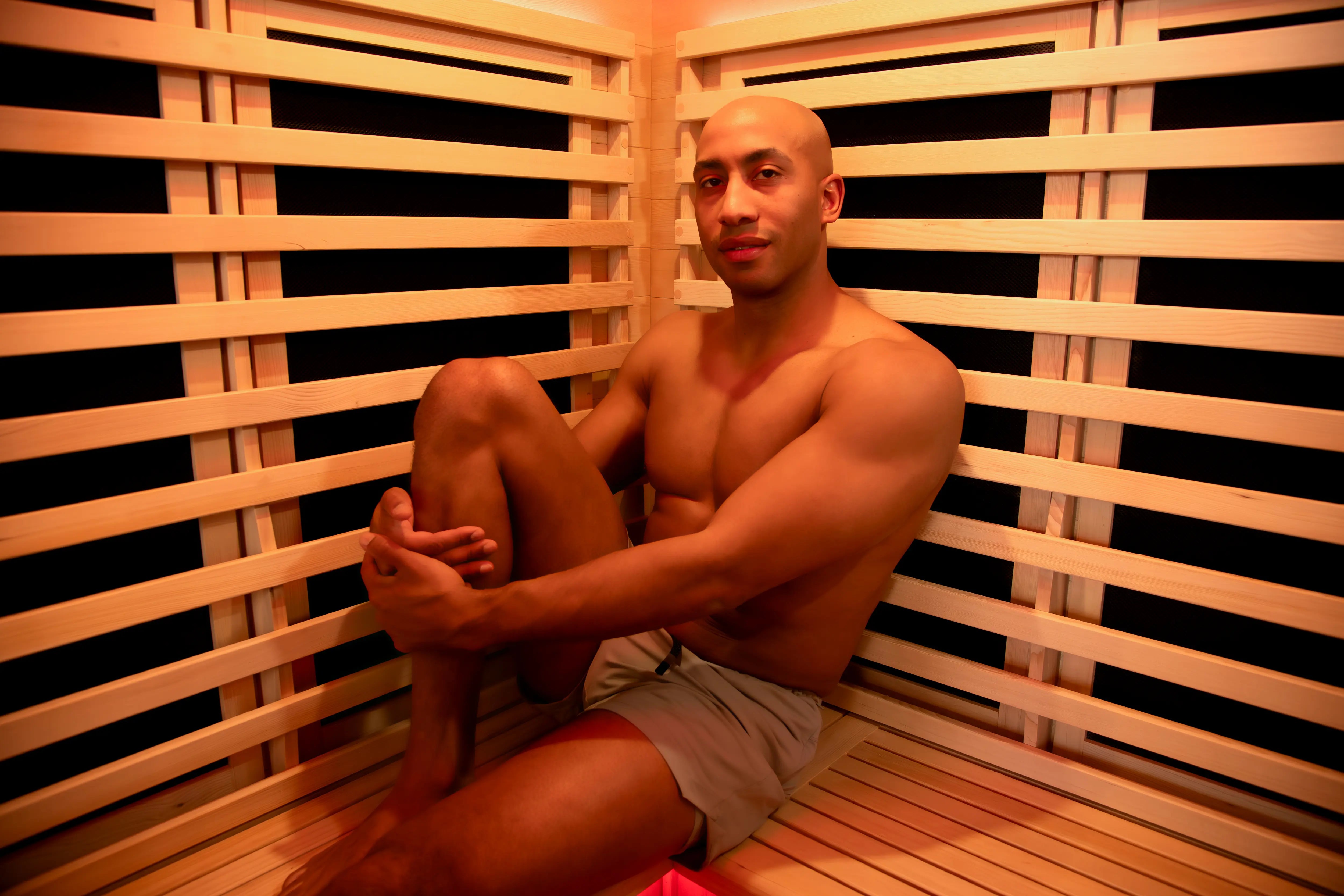The lighting was soft, and the air perfumed by the subtle scent of essential oils. A playlist of relaxing instrumental music nearly hummed in the background at the upscale wellness spa. But the gentle music was soon dampened by the sound of the Vichy shower. Soothing warm water seemed to rain from the spa’s shower heads. But after just a few minutes, the temperature dropped. A lot. My body seemed to scream as the cold water hit my skin.
A high-priced spa treatment, the Vichy shower was my first experience with contrast bathing. While it did not feel relaxing in the moment, contrast bathing has long been used as a way to support overall well-being, reduce pain and inflammation, and promote relaxation. Also known as contrast therapy, contrast therapy can support recovery from injuries, reduce muscle fatigue, and improve physical performance.
But the practice was often reserved for therapy settings, resorts, and destinations like Löyly Sauna in Helsinki, Finland. If you wanted to try contrast water therapy at home, you might try alternating between hot and cold water in the shower or hopping from a hot tub to an ice bath. It was doable but not necessarily convenient.
However, all of that is changing with the launch of a new contrast therapy tub — the Valaris from Michael Phelps Chilly GOAT Cold Tubs by Master Spas. Part hot tub, part cold tub, the Valaris allows you to incorporate contrast bathing in the comfort and convenience of your home. And maybe the best part — you can control the water temperature on each side of the Valaris and tailor this protocol to your preferences.

Who is doing contrast therapy
Contrast water therapy is not a new treatment. It’s been used for thousands of years as a way to treat a variety of health conditions. In the 19th century, the practice became a popular way for aristocracy to relieve aches and pains.
And it was at that time, too, when the modern idea of a spa became a thing. Visitors could soak in hot water, sit in a steam room, and even relax in a cooling room. Sound like contrast therapy? Absolutely.
But contrast therapy is not just for visitors at high end spas or exclusive gyms seeking out ways to incorporate contrast water therapy. With its ability to sensitize the body to endorphins, regulate cortisol levels, and aid in muscle recovery, contrast therapy offers a wide range of benefits for different groups of people.
Athletes and fitness enthusiasts
As an avid runner and finish-line chaser, I’ve run thousands of miles in pursuit of the next goal, the next medal. I’ve finished a handful of ultramarathons, a fair share of marathons, and too many half-marathons to count.
And while I like to test my physical limits, I still like to do things like climb the stairs to go to bed at night. That’s where recovery comes in. Taking care of my body before and after exercise not only helps with soreness but mobility, too.
Like many athletes and fitness enthusiasts, if there’s a recovery modality, I’ve probably tried it. Yoga classes, percussion guns, the occasional massage and visit to a physical therapist for dry needling or scraping.
Contrast water therapy is a new form of recovery for me but it has long been popular among athletes and fitness enthusiasts. Alternating between hot and cold water can improve blood circulation, reduce inflammation, and relieve muscle soreness — speed muscle recovery and enhance performance.
Current research shows that incorporating contrast water therapy not only reduces muscle soreness but can improve muscle function. Studies found that the recovery protocol helped prevent muscle damage while preserving athletes’ strength and power.
People with chronic pain
More than 51 million adults in the United States experience chronic pain — about 20 percent of the population. And the effects can be devastating. Chronic pain can lead to decreased quality of life, reduced productivity, and worsening of chronic disease. That’s why it’s so important for people experiencing chronic pain to find a holistic way to manage their condition.
Among the complementary therapies for chronic pain is contrast bathing. The practice is known to have a pain-relieving effect. The alternating temperatures help reduce inflammation and numb painful areas, providing temporary pain relief and improving overall quality of life for chronic pain sufferers.
Incorporating hot tub therapy into the contrast routine can be particularly beneficial for those with chronic pain. The Valaris contrast therapy tub, equipped with 16 massage jets on the hot tub side, is specifically designed to target areas commonly affected by pain and tension. What sets it apart is its customizable water flow, which can be adjusted to suit individual preferences for pressure levels.
Anxiety management
Feelings of worry, fear, or unease can be normal — and sometimes important. But for the more than 40 million people who experience anxiety, those feelings can be frustrating and make it harder to get through daily tasks.
Their heart rates can spike. Breathing becomes more rapid. And their blood vessels? Well, they can begin to constrict. These physiological responses are designed to help us but over the long term, it can have a significant effect on our health.
For people looking to manage anxiety, contrast therapy can complement other medical treatments and doctor-prescribed therapies. The combination of hot and cold therapy has been found to regulate cortisol levels, a hormone associated with stress. By reducing cortisol levels, contrast therapy can help individuals experience a greater sense of calm and relaxation, leading to better anxiety management.
Biohackers
The idea of biohacking first emerged in the early 2000s as people discovered that they could leverage science to improve their health — on a cellular level. From optimizing nutrition to breathwork, biohackers follow a variety of protocols to enhance their overall well-being.
Among those protocols is contrast therapy. By using extreme temperatures to stimulate the body's natural healing mechanisms, contrast therapy can help biohackers optimize their physical and mental performance, promote longevity, and increase their overall resilience.

A contrast therapy routine for optimal health
Exiting the treatment room after the Vichy shower, I felt refreshed. Maybe even relaxed. Still, it felt like something that I would do just once.
For me, whether it’s making time for relaxation and self-care or trying to prioritize recovery, I almost always choose the option that doesn’t stress my schedule. The best options are those that don’t require me to leave my house.
The Valaris contrast therapy tub from Michael Phelps Chilly GOAT Cold Tubs takes away the stress of trying to schedule time for recovery. Just remove the cover and hop in the water. Whether I choose cold or hot, or both, depends on the day and how I’m feeling.
Contrast water therapy protocol
As the Valaris is part hot tub, part cold tub, you can seamlessly alternate between hot and cold water.
For the hot water therapy, temperatures up to 104 degrees are safe for home use. For cold water immersion, the water is typically between 50 degrees and 59 degrees Fahrenheit. The Valaris contrast water therapy tub allows you to personalize the water temperature. On the cold tub side, you can program the water temperature as low as 40 degrees using the SmartLife app. The hot tub side, which is controlled with a convenient touchscreen panel, can be set up to 104 degrees.
But do you start with hot water or cold exposure? Science-backed contrast water therapy routines often start with immersing the body in warm water for up to 3 minutes followed by a minute cold plunge. People can repeat this alternating process for approximately 20 minutes, moving back and forth between warm and cold water. But contrast therapy sessions should always end in the cold, helping people to feel revitalized and ready to tackle the day. This cycle of warm and cold water immersion can provide numerous benefits, aiding in recovery, reducing inflammation, and promoting overall well-being.
The best time of day to incorporate contrast therapy really depends on the athlete. Some might like to go hot and cold after a training session to speed recovery and reduce inflammation. Others might choose to start their contrast routine in the late afternoon or evening, giving muscles time to adapt after a training session.
Cold tub therapy protocol
Figuring out the best time for a cold plunge can be as individual as putting together a workout playlist. For many, myself included, the morning is the best time to hop into a cold tub or contrast therapy tub like the Valaris. The cold water is invigorating, delivering a mega dose of energy that might be better than a cup of coffee. Emphasis on the word “might.” More than that, the cold water can help with mental focus and set the tone of the day.
But that doesn't mean you have to go cold in the morning. Hopping into the Valaris in the evening can help reduce stress at the end of the day and promote better sleep.
However, properly timing a cold plunge can be especially important for athletes. Cold water exposure can affect hypertrophic changes in muscle — aka those gains that you were looking for when you picked up that barbell.
Whether you want to use cold water immersion for recovery or to improve mental focus and well-being, the typical plunge should be about 3 minutes — depending on your physiology and cold tolerance.
Hot tub therapy routine
Cold water immersion might be having a well deserved moment. However, hot water has long been used for its therapeutic effect. That’s why the Valaris is so cool — you can take advantage of both forms of hydrotherapy – start your day with cold water and end it with a soothing soak on the hot tub side.
That’s not to say that you have to always get in the hot tub at night. I love to hop in the hot tub side of the Valaris before a workout, especially on the days when I’m feeling particularly stiff. The warm water increases circulation and can relax the muscles, almost like a warm-up.
The massage jets can also help target sore areas so you can move with better mobility during your session. For me, it means that I don’t have that creaky feeling during the first mile or two of a training run. Try soaking for 10 to 15 minutes before getting into your training.
However, the hot tub can also be used for recovery and relaxation. After rinsing off from a workout, you can spend up to 25 minutes in the hot tub. The water can help relieve pressure on the joints and encourage muscles to relax.
You can also use the hot tub as a recovery tool to promote muscle relaxation and improved rest. If you want to unwind after an intense workout, you should spend 10-25 minutes in the hot tub.
When experiencing inflammation, overuse injuries, or muscle soreness, it's essential to consult with a physician before adding any therapy technique to your routine, including contrast bathing.

Choosing the best contrast therapy tub
Do you want to enjoy the benefits of contrast therapy without buying bag after bag of ice? Having a Michael Phelps Chilly GOAT Cold Tub allows you to realize the impact of cold water. Enjoy clean, clear water on demand. You can click here to find out more about the benefits of incorporating a Michael Phelps Chilly GOAT cold tub into your routine. Start your journey today!
About the author
Kimberly Truesdell is a wellness enthusiast and copywriter at Master Spas. As a long distance runner with nine marathons under her belt, she incorporates a variety of recovery modalities into her routine including cold water immersion and contrast therapy.






Biohacking technology: 7 must-have products for better health
Unlocking the healing power of contrast water therapy